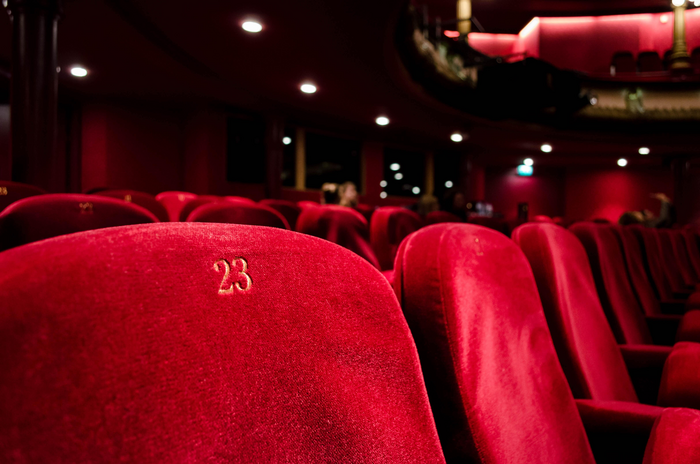In the new critically acclaimed film ‘No Time to Die’, we are introduced to three female characters with actual depth and vulnerability. They are a modern take on ‘Bond Girls’, a trope of scantily-dressed characters which typically existed to please James Bond’s character. The slamming of this misogynistic term has been in the public eye in recent years; there are concerns that society has progressed beyond the outdated sexism which coloured Ian Fleming’s original 1950s novels.
When watching the film, you will feel refreshed; it has a noticeably contemporary tone, juxtaposed with enough other quintessential ‘Bond’ tropes to keep the older generation happy. As the conclusion of Daniel Craig’s repertoire, it is clearly designed as a crowd-pleaser. On the one hand, the silly jokes and British humour of new writer Phoebe Waller-Bridge maintain James Bond’s reputation as a cult-classic. On the other hand, Waller-Bridge’s script makes no room for the male-gaze this time; instead, the ‘Bond Women’ of this movie are dependable, powerful characters who drive the plot, and actually keep their clothes on!
There seemed to be no space for the term ‘Bond Girl’ on the set of this movie, with the main actors all condemning it during its two-year publicity campaign, successfully cutting the misogyny out at the source. Even Ana de Armas, who arguably plays the most sexualised woman in the film, throwing her weight around in a slinky backless dress, said “[the women] are powerful and they all show it in their own way. They’re equals to Bond.” Her character also shows that she is not there to please the playboy protagonist, rejecting his sexual advances in a wine cellar, a sultry setting that in any prior film would have given way to something scandalously intimate.
Although Daniel Craig has made a conscious effort over his tenure to adapt James Bond’s character into somewhat of a gentleman, the franchise will never totally extinguish the bar set by Sean Connery and Ursula Andress in 1962 as the original James Bond and his lover. The actor had questionable morals anyway, claiming in an interview that “I don’t think there is anything particularly wrong about hitting a woman.” This attitude of women being discardable continued alongside the next 77 ‘Bond Girls’, even up to the recent Skyfall, where actress Tonia Sotiropoulou was given neither lines nor name, and is credited only as ‘Bond’s Lover’.
Since that 2012 Bond movie however, the concept of any female protagonist being a deplorable, submissive ‘damsel in distress’ gave way to actress Lea Seydoux’s character Madeline, a breakthrough in the reclaiming of the term ‘Bond Girl’. She has been a constant in the last two movies, proving she is not so disposable. Her character facilitates Bond settling down, gives him a legacy, and even wears jeans throughout the final movie. Truly, we see more of James Bond’s body in ‘No Time to Die’ than any female character, a welcome shift from male to female gaze.
Finally, we cannot ignore the greatest accomplishment of the women in James Bond’s life: a black woman, Nomi, climbing the same career ladder as our titular leading man, succeeding the role of 007. She is respected and applauded even by Bond. This is the perfect conclusion to Daniel Craig’s era, symbolising how ‘Bond Girls’ are no longer trophies to be won, but are their own leading ladies, who can run the show without a man holding their hand.

